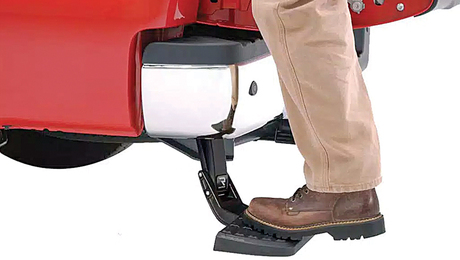*
hello,
I’m planning to install a subfloor floor directly on the cement floor in the basement. Due to a low cieling, I will forgo 2x4s + subfloor and instead use half-inch x 3.5 + subfloor. What method should I use to attach these long half-inch pieces to the cement floor? Adhesive or Power nail them? Should I use regular pine? (is the proper word for these pieces of wood “strapping?”).
I’ve tested for moisture and fortunately there is none.
Regards
David















Replies
*
Funny thing,
I just returned from looking at a job to bid and was considering how to do the very same thing. I have a condo, first floor slab....half carpet...half tile and was thinking of:
1. tearing out the carpet, cleaning up the slab and laying 1/2" luan over it using pl400 and cement screws.
2. On the tile part which is very solid and epoxie grouted...I was thinking of grinding up the top of the tile and gluing 1/4" luan to bring it even with #1.
Then I will put 3/8 pre-finished flooring over the whole thing...glued to the sub-floor. Tearing out the existing tile would be a total nitemare...and as it is old and solid I figured the above would work just fine.
*Jim,It should work fine but may I make one suggestion?Use a polyurethane parquet adhesive (Bostik make a good one) and trowel it on with a 1/8" notched trowel. It is a lot more expensive than the normal parquet adhesive but it sticks like s..t to a blanket to any sub-base and will give you good adhesion to the tiles. I'm sure you'd have trouble getting 1/4" luan flat using a bead of construction adhesive but it won't be any trouble with the trowelled polyurethane.
*PL construction adhesives is right on for attachment - either 400 or premium but the fact that therre is no moisture now is not evidence that there never is in other seasons of the year. We never install lumber in direct contact with concrete unless it is pressure treated.How did you test for moisture in the slab? Placew a piece of plastic down over an area of a couple feet and cover it with a scrap of carpet or plywood. Wait a couple days. then look at the underside of it. Any moisture? Even if you have moisture bar under the slab and it is sealed, the concrete can be gassing off for a copuple years sometimes.Remember that when you cover the slab with flooring, small amounts of water that escapre into the air without notice will be trapped and try to get back at you by growing mold.
*Ian,I will do just that.......in regards to Piffins statement concerning moisture.....my thought is that this is an old building and the floor is now just pad/carpet...many years-no water problems.My question is...by using the trowel/parquet glue method wouldn't that be creating a water proof membrane, or at least minimizing the chance of a problem? I'm asking cause I'm not sure if it would or not.
*timetested beats engineering everytime.
*The polyurethane glue is a moisture barrier but if you're spreading it with a notched trowel you won't get complete coverage so I wouldn't rely on it to stop moisture.
*Hi Piffin,I've been testing for H20 for the past year in my basement. Tests have been done during every season and after every major rain fall. Obviously I have time on my hands... HA!I plan to glue the strips of wood down (and use a few nails as well), then put a vapour barrier, then my subfloor. the concrete floor is uneven and has a variety of bumps and dips but hopefully I will be able to work around these offending spots.Thanks for the input,David
*Ditto on the Poly adhesive...using it right now to glue down an engineered wood floor...This stuff (Bostik's Best) will, and does tick to anything! Expensive though...about $40 a galllon.
A couple of years ago, I asked a similar question: Basesment, some dampness, low headroom.
4 of you guys hooked me up with Delta-FL from Cosella-Dorkin. It's a 3/4 thick dimpled plastic barrier that goes on the concrete. You can put a Pergo or similar floating floor right over it, or for tile or carpet you put down a ply or OSB (Advantech is good if you have dampness) which gets attached to the concrete with Tapcon screws.
The floor is great, no mildew problems, only lost 1.25 inches in height, and it's warm and comfortable to walk on. My local building official had never seen it, now he tries to get guys to use it when dampness is a problem.
Thanks to all who suggested it.
Steve
David, a suggestion...regardless of how dry you think or know your slab is, consider using pressure-treated wood for any wood that comes into direct contact with the slab.
Edited 3/22/2002 11:20:07 PM ET by Mongo